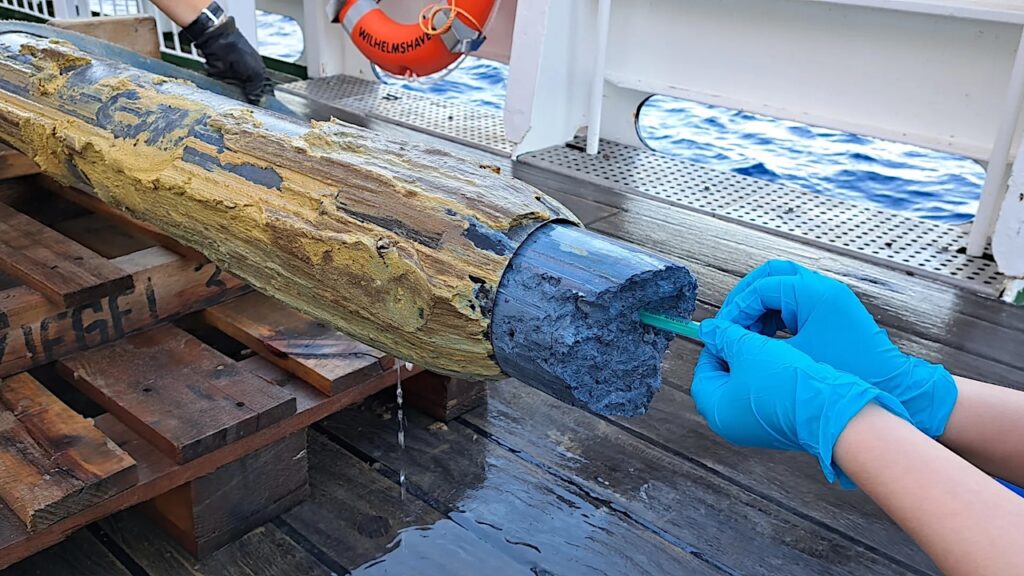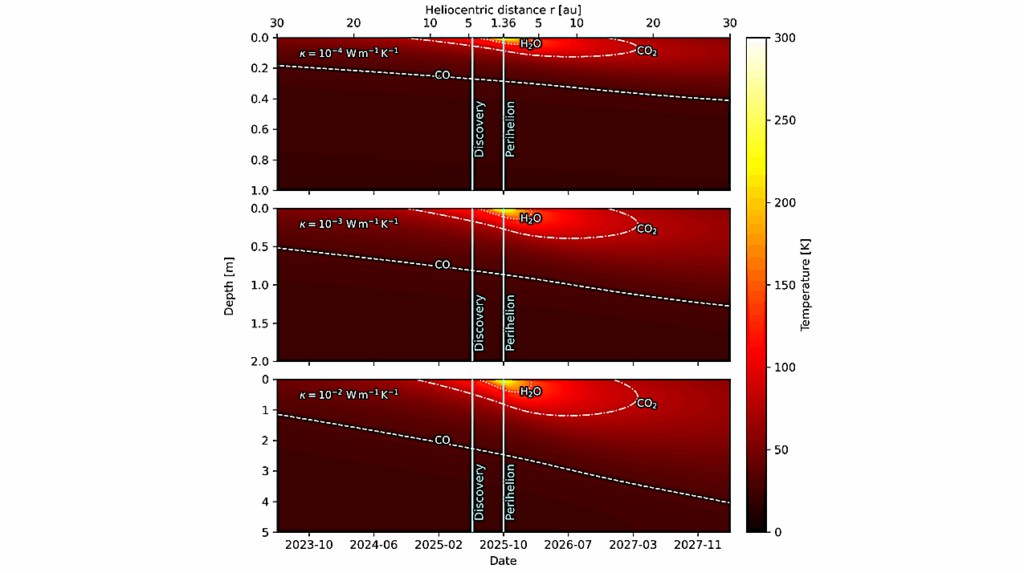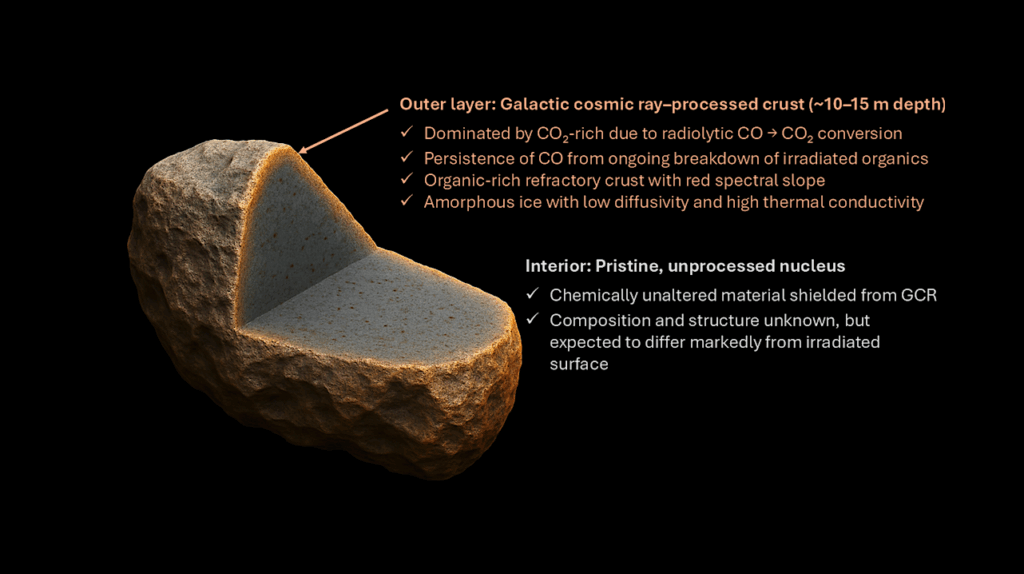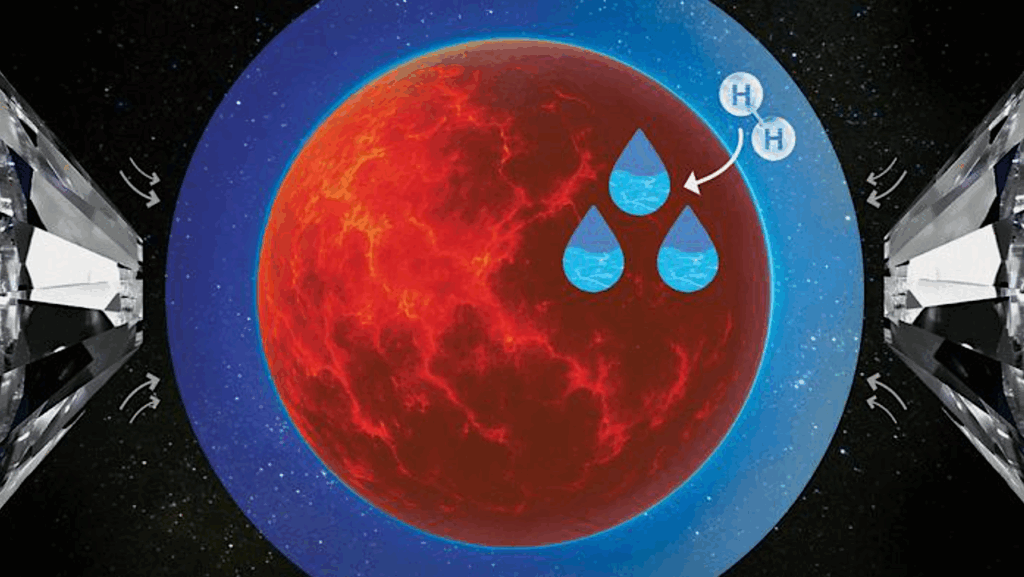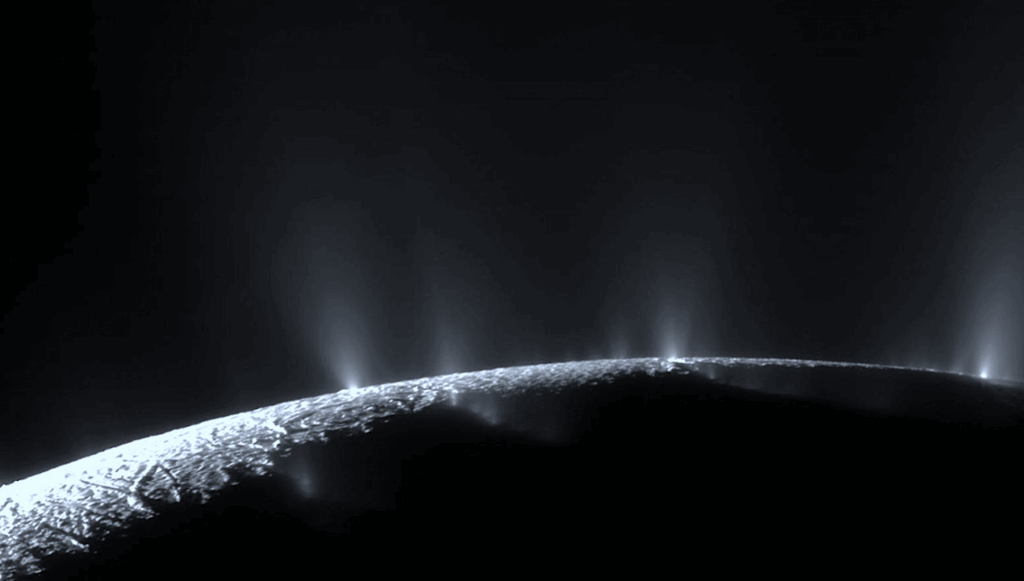A Prebiotic Precursor To Life’s Phosphate Transfer System With An ATP Analogue And Histidyl Peptide Organocatalysts
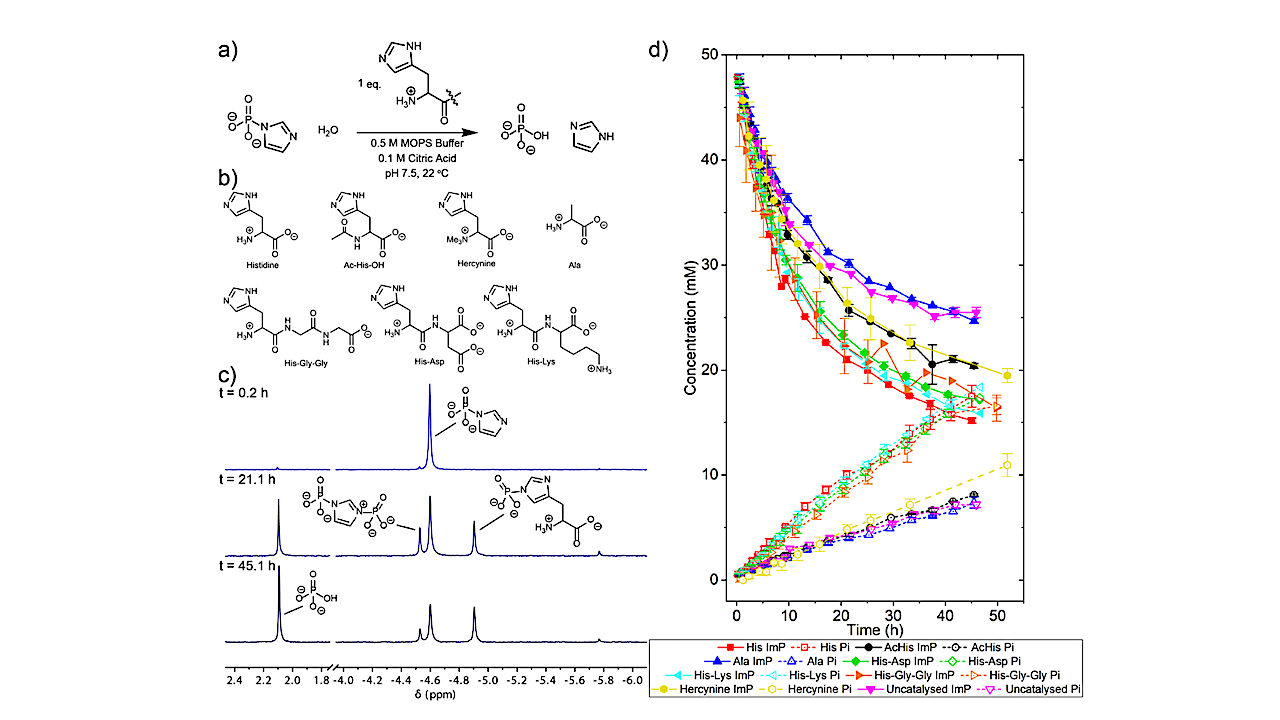
Biochemistry is dependent upon enzyme catalysts accelerating key reactions. At the origin of life, prebiotic chemistry must have incorporated catalytic reactions.
Whilst this would have yielded much needed amplification of certain reaction products, it would come at the possible cost of rapidly depleting the high energy molecules that acted as chemical fuels. Here, we demonstrate a prebiotic phosphate transfer system involving a kinetically stable and thermodynamically activated ATP analogue (imidazole phosphate) and histidyl peptides which function as organocatalytic enzyme analogues.
We demonstrate that histidyl peptides catalyse phosphorylations via a phosphorylated histidyl intermediate. We integrate these histidyl catalysed phosphorylations into a complete prebiotic scenario whereby inorganic phosphate is incorporated into organic compounds though physicochemical wet-dry cycles.
Our work demonstrates a plausible system for the catalysed production of phosphorylated compounds on the early Earth and how organocatalytic peptides, as enzyme precursors, could have an important role in this.
Oliver R. Maguire Author, Iris B. A. Smokers, Bob G. Oosterom, Alla Zheliezniak, Wilhelm T. S. Huck
https://chemrxiv.org/engage/chemrxiv/article-details/647d9aa54f8b1884b7de9454
Astrobiology


